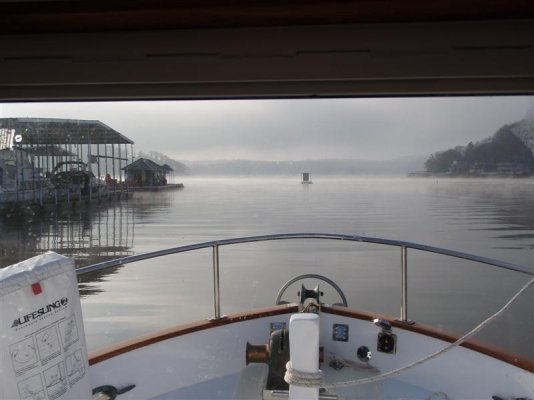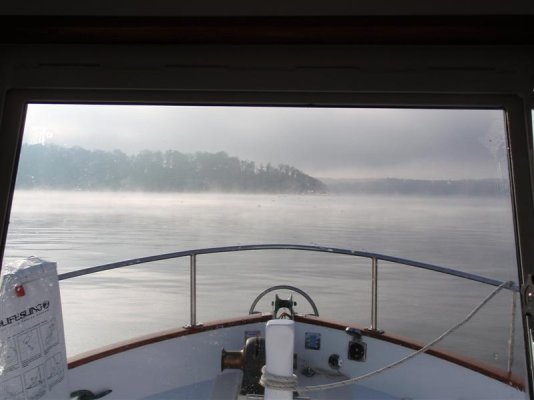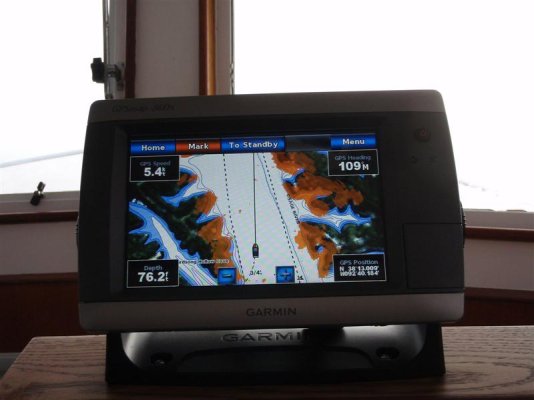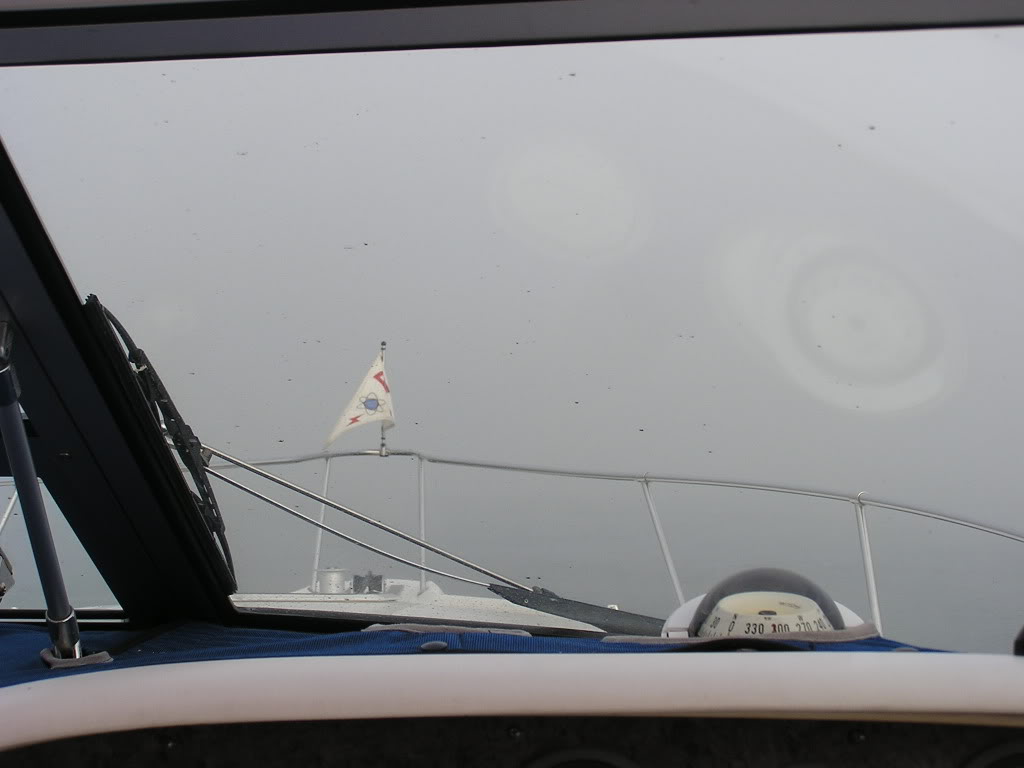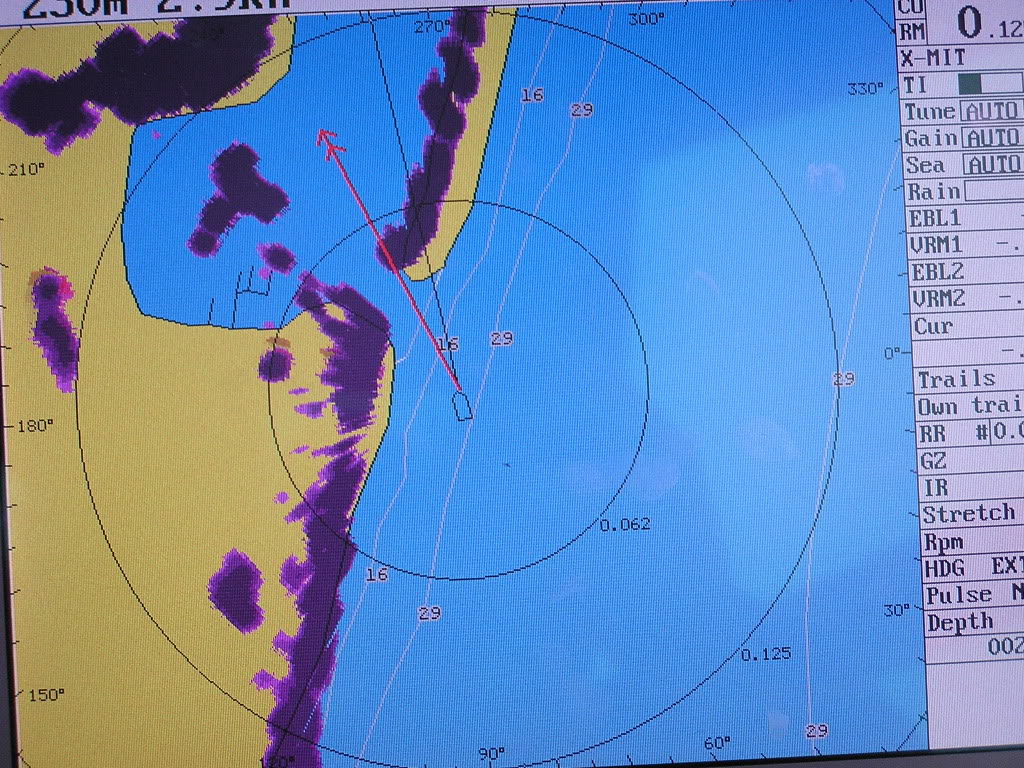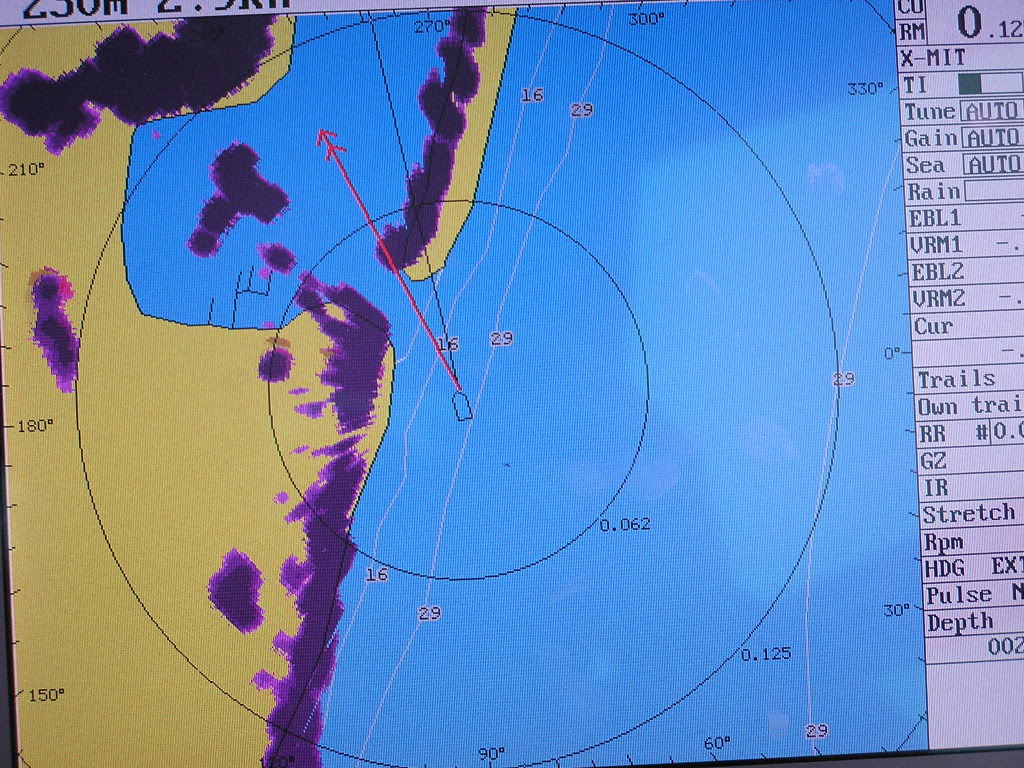markpierce
Master and Commander
- Joined
- Sep 25, 2010
- Messages
- 12,557
- Location
- USA
- Vessel Name
- Carquinez Coot
- Vessel Make
- penultimate Seahorse Marine Coot hull #6
Why don't some boaters display lights and make proper sounds in low visibility? Wouldn't you think yacht club members would do it right? No, not when they exited Benicia harbor the 2011 Thanksgiving. Sent a message to the club's commodore about his member's relapse, but received no response. The Richmond Yacht Club may be a fine organization (my father was a member fifty years ago in order to race his sailboat), but I would not count on them.
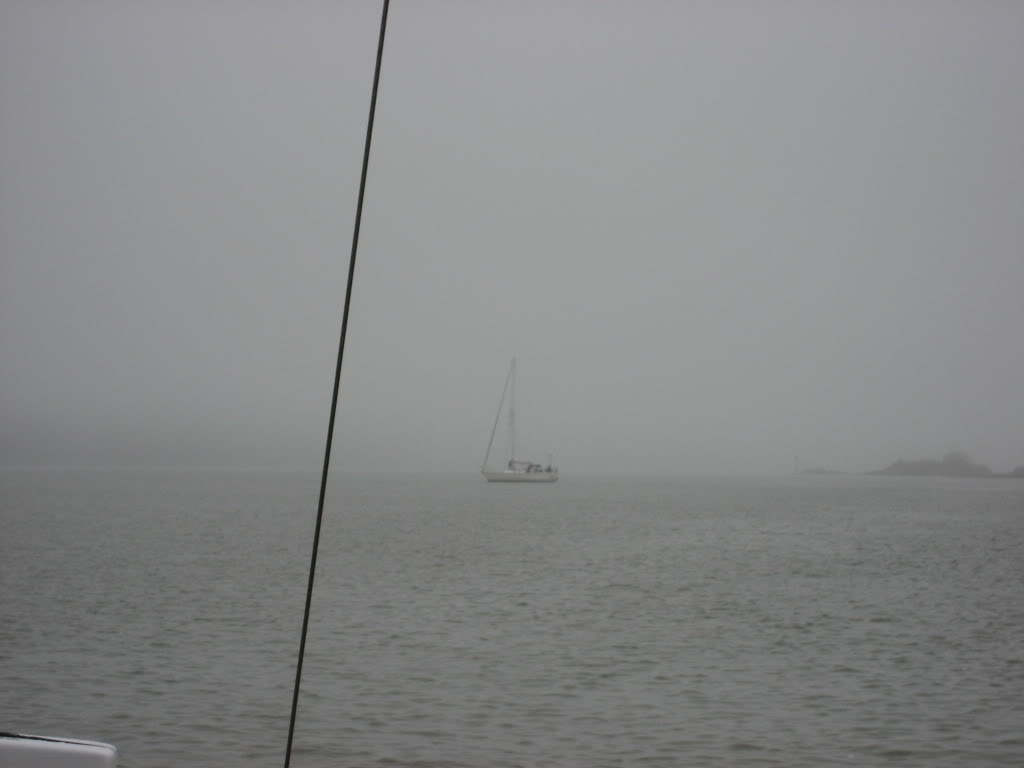

Last edited:


